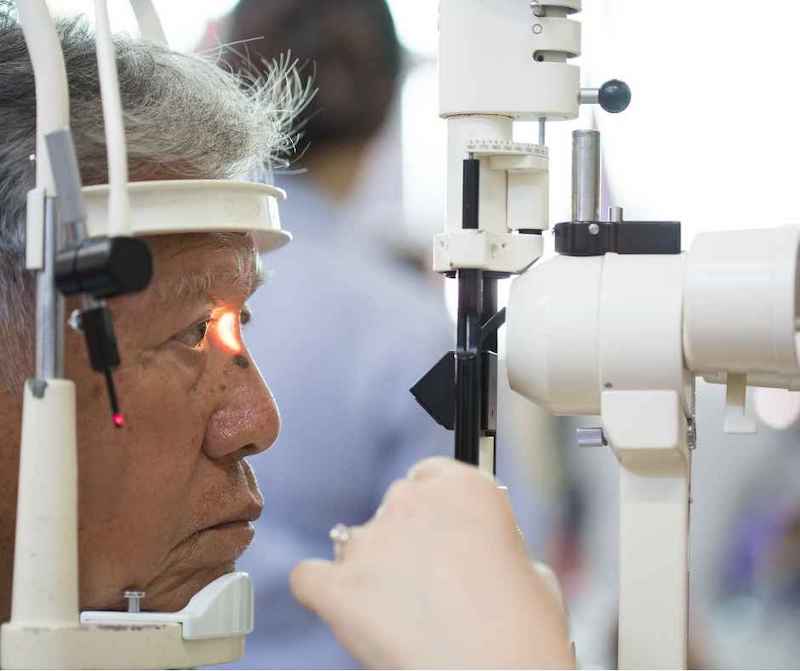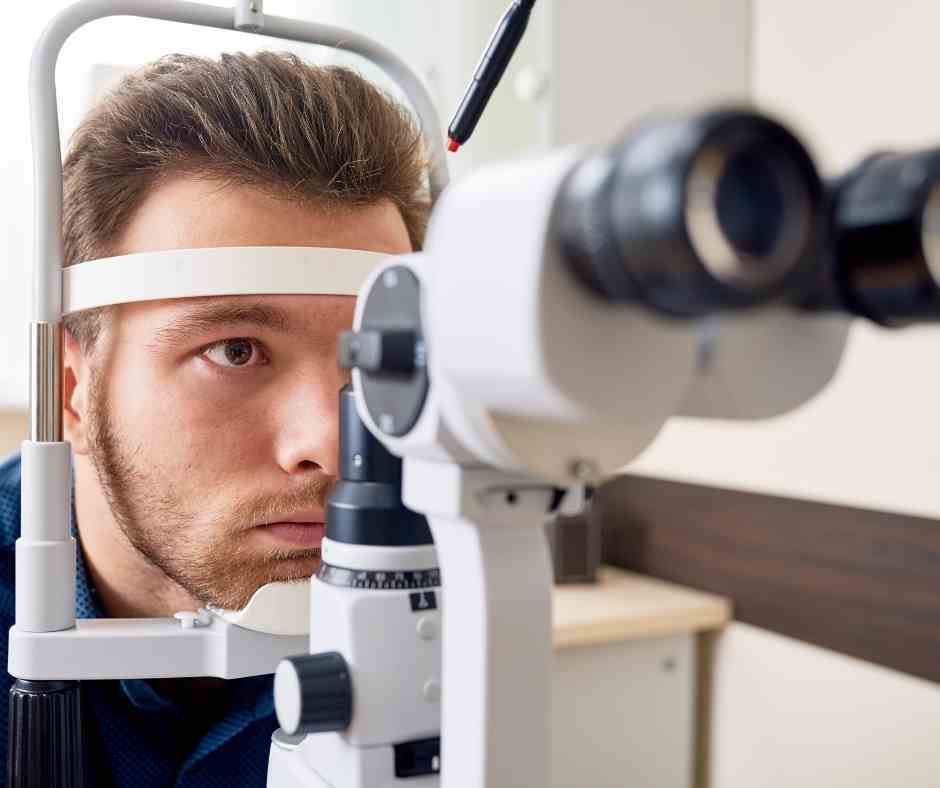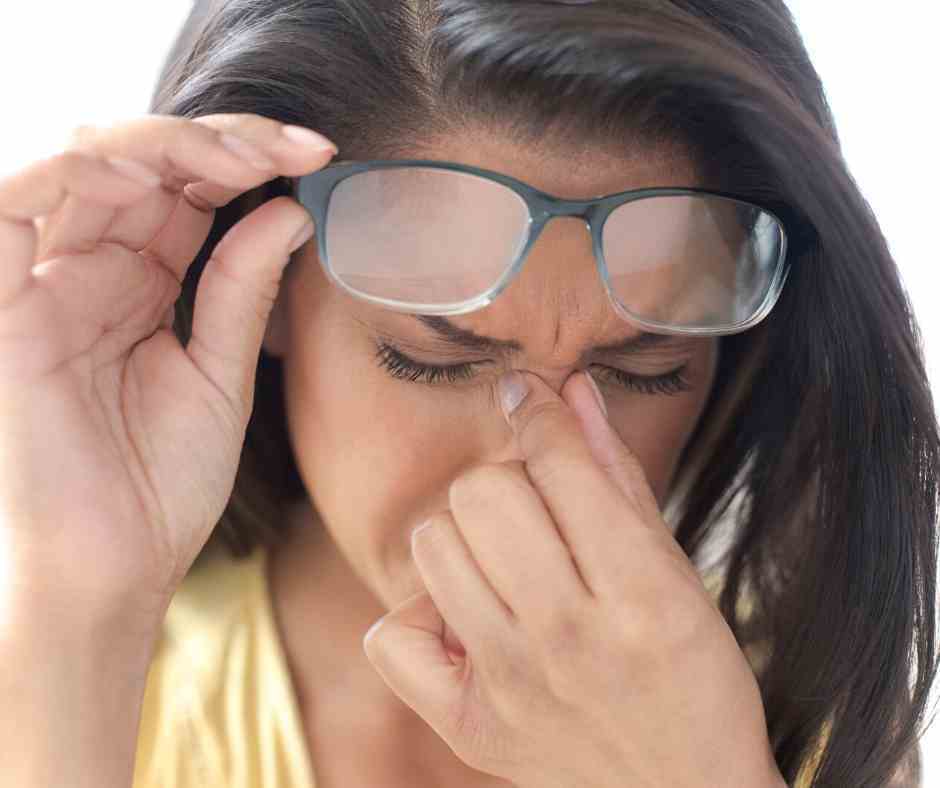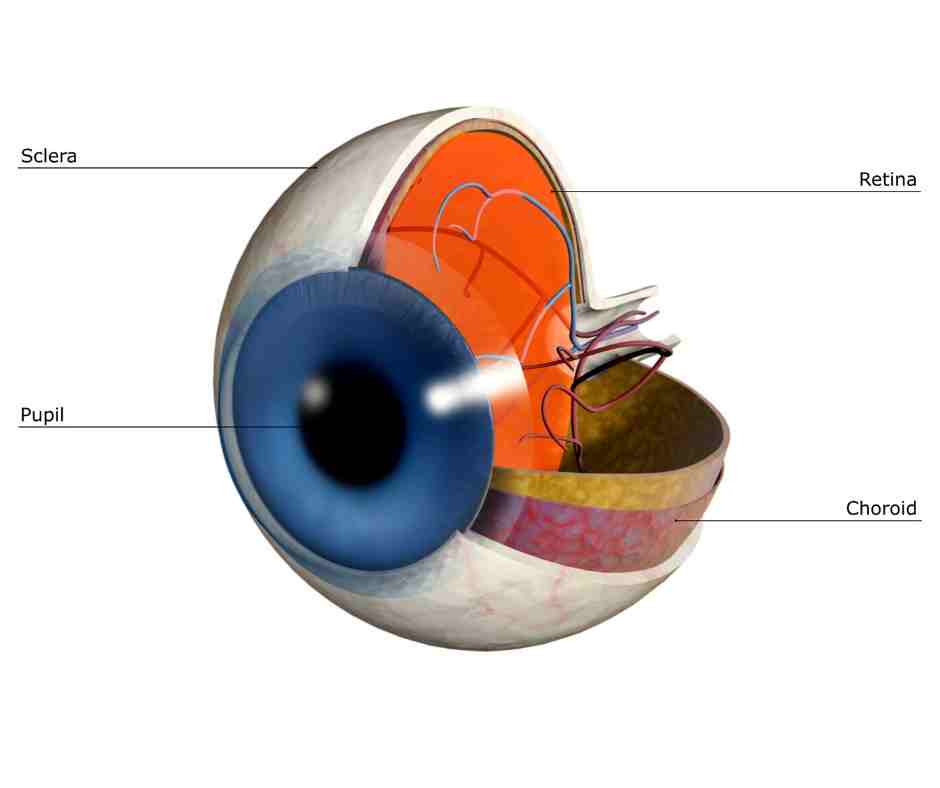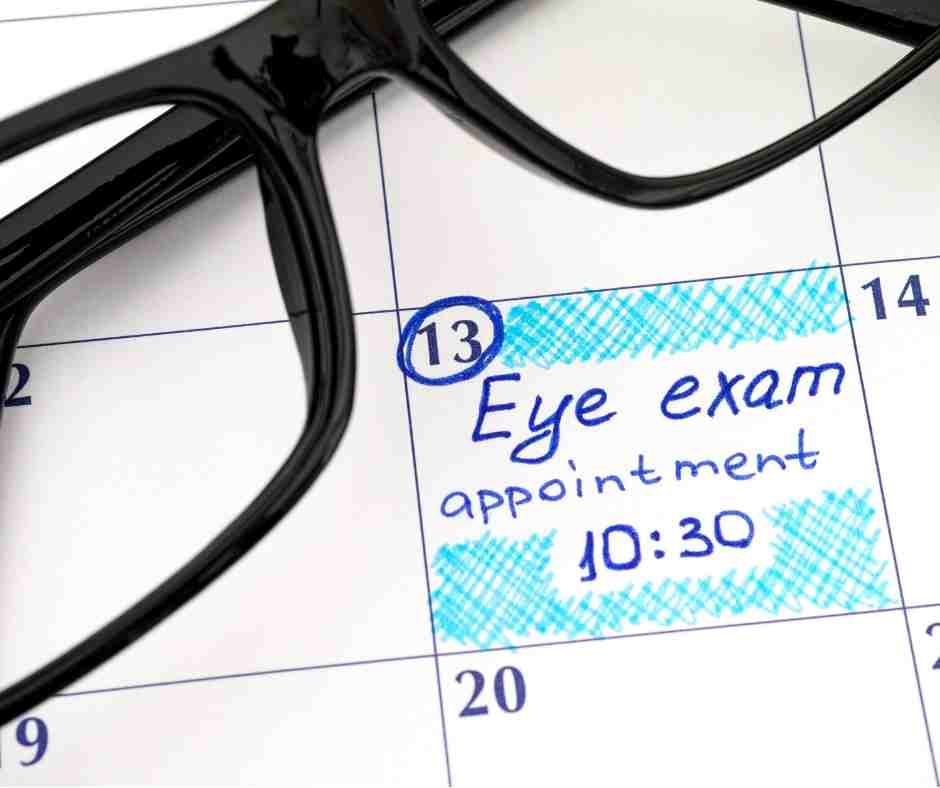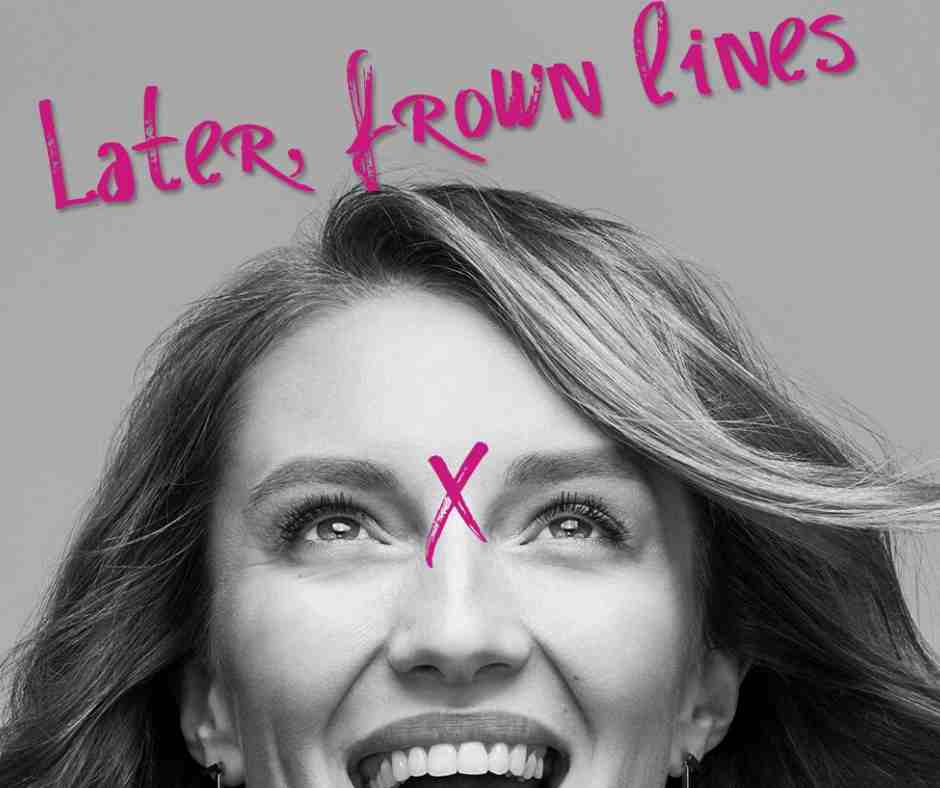
As we are all living through these unprecedented times of COVID-19, we are likely spending even more time using our eyes for a variety of near tasks. Many are working from home, our kids are continuing their education online and people are reading books that they had been putting off. We are also simply surfing the web and looking at social media on our phones more than ever. These increased near tasks make managing Computer Vision Syndrome all the more important.
Computer Vision Syndrome, also known as Digital Eye Strain, pertains to a group of vision-related symptoms that are associated with near tasks. These symptoms result from prolonged use of digital devices like computers, tablets and cellphones. Also, extended periods of reading, sewing and knitting, i.e., non-digital near tasks can lead to similar symptoms.


